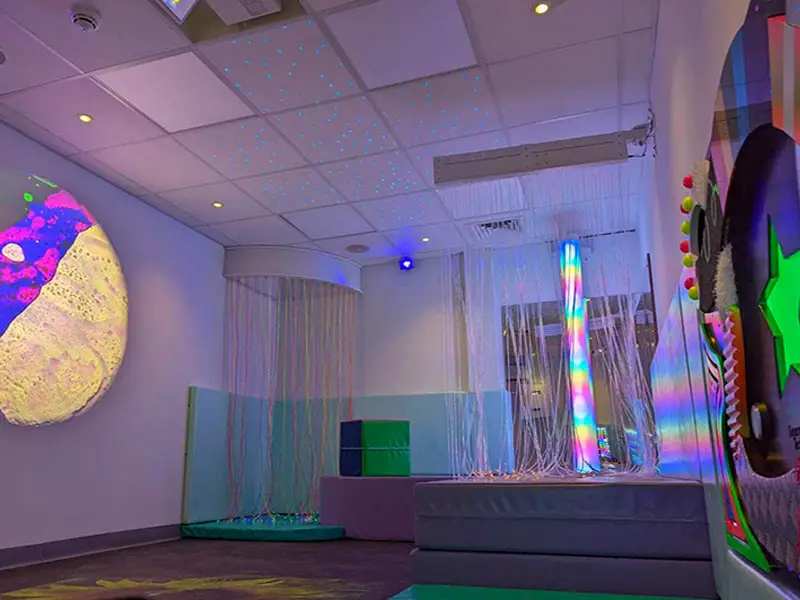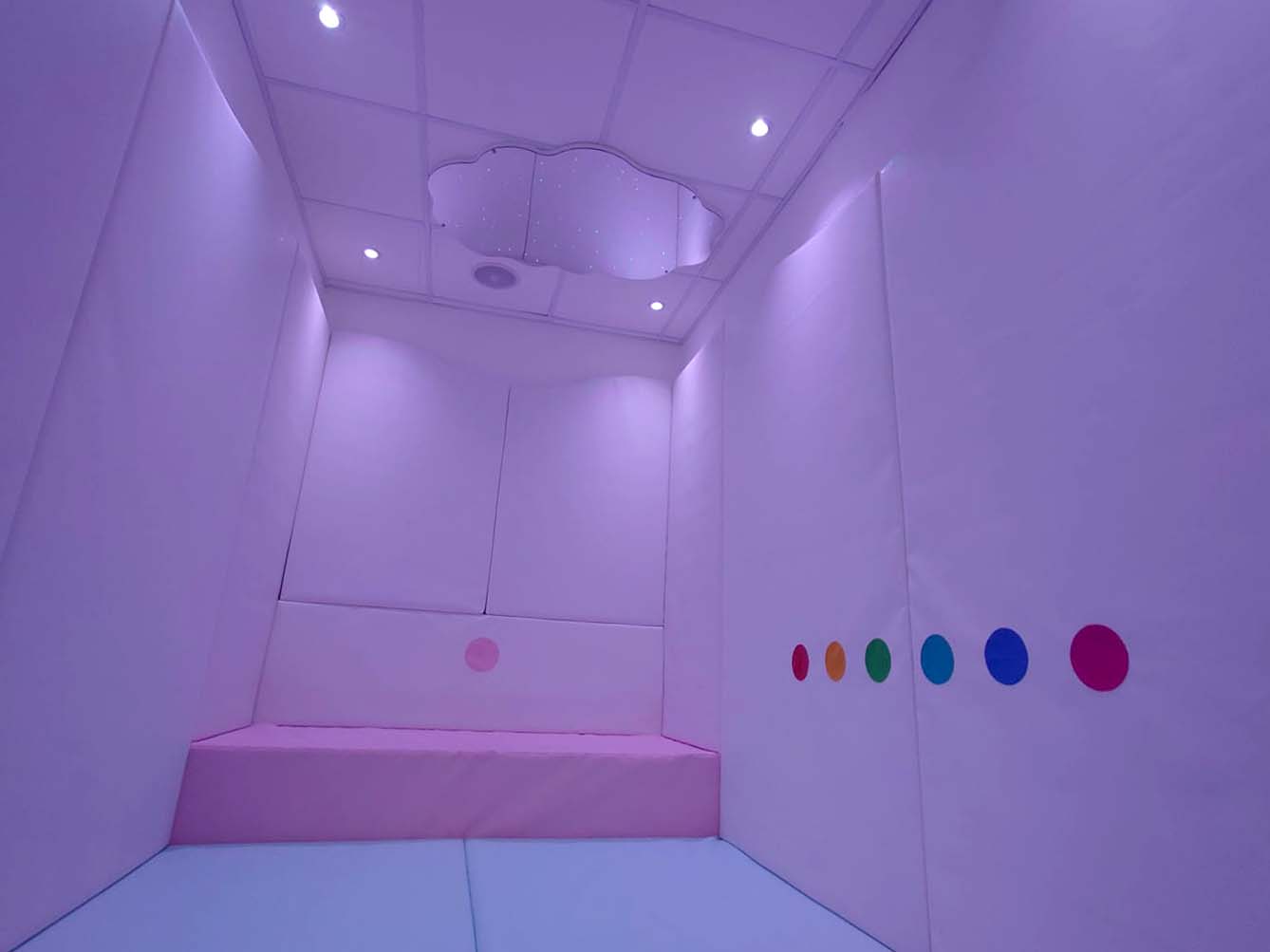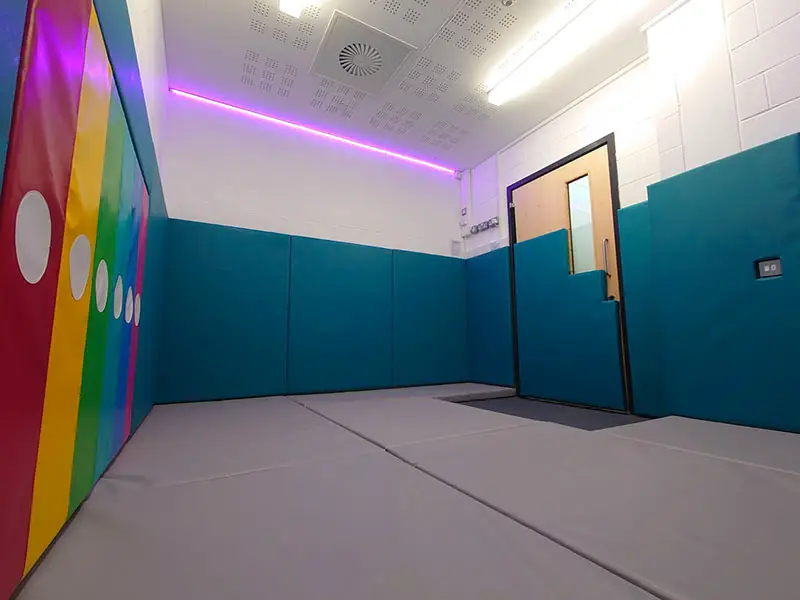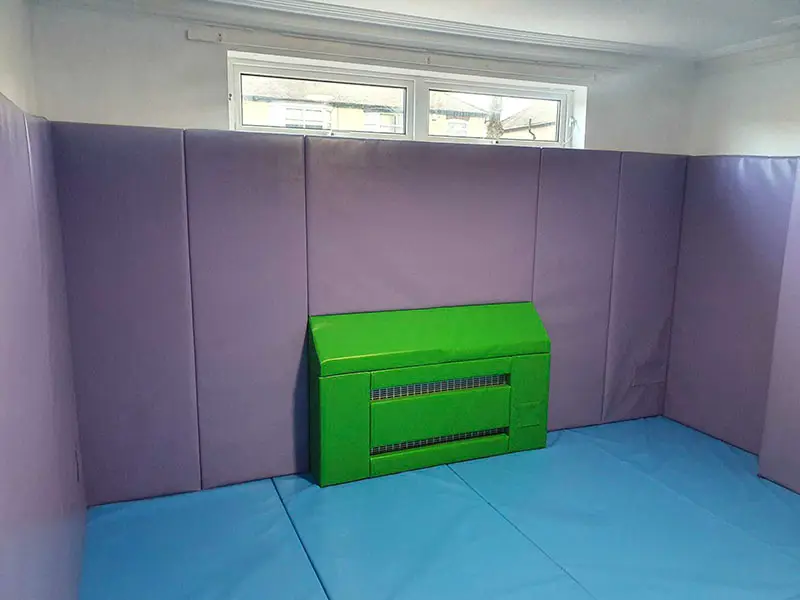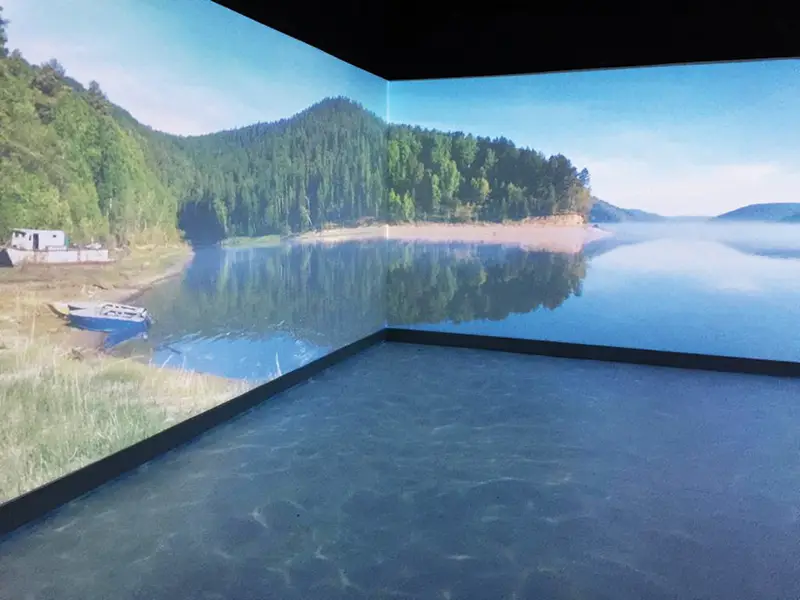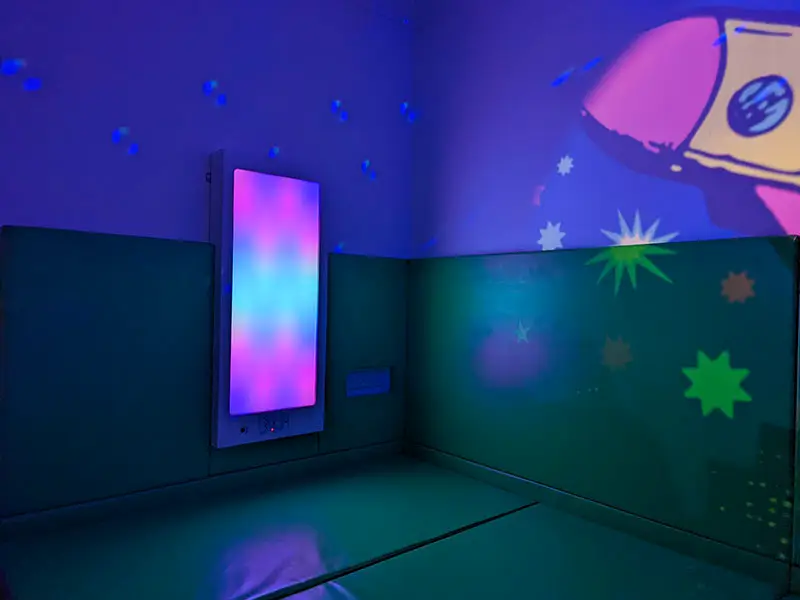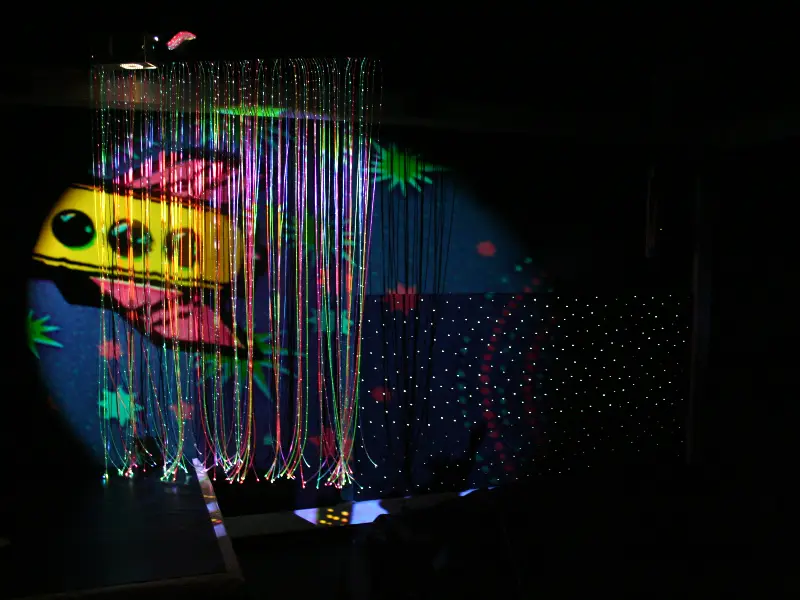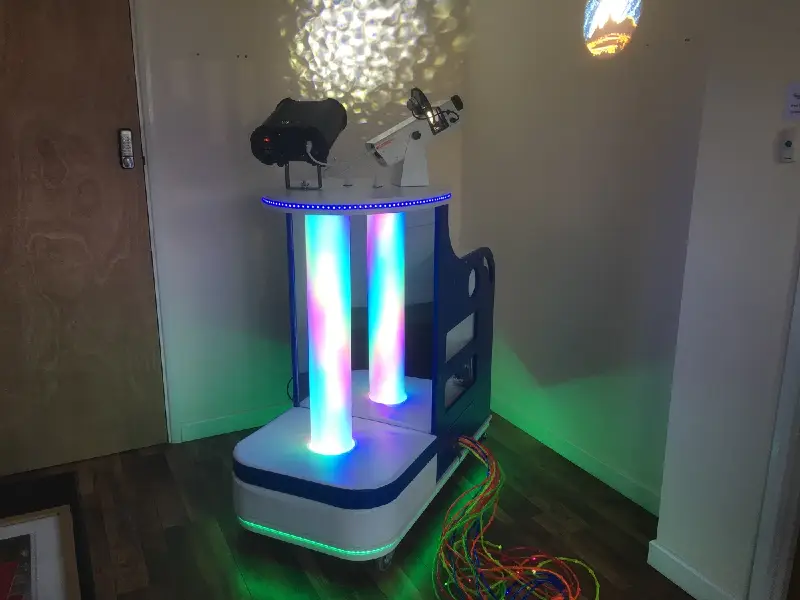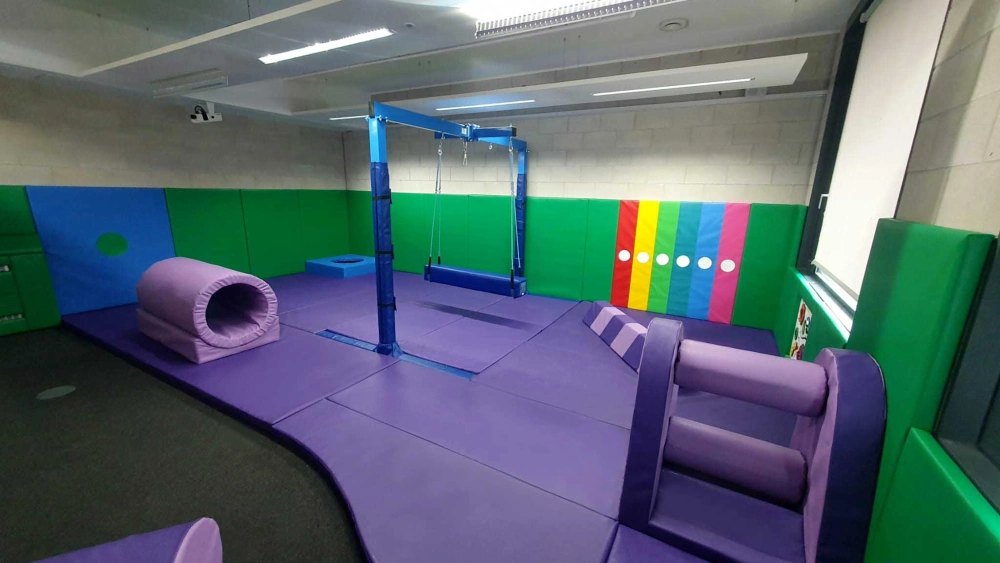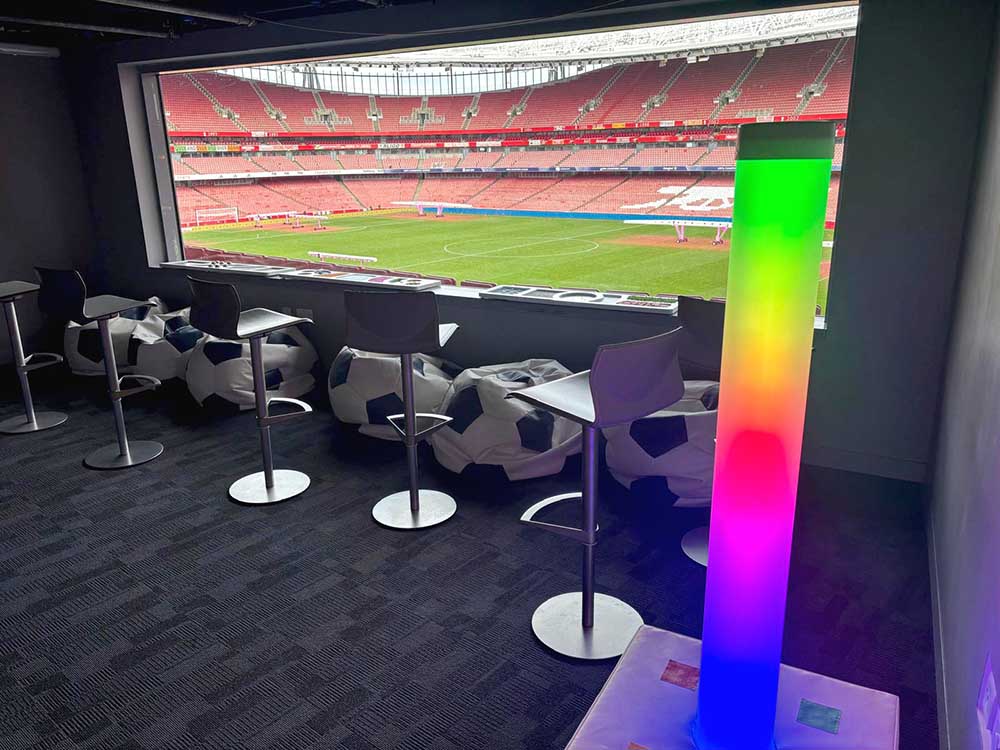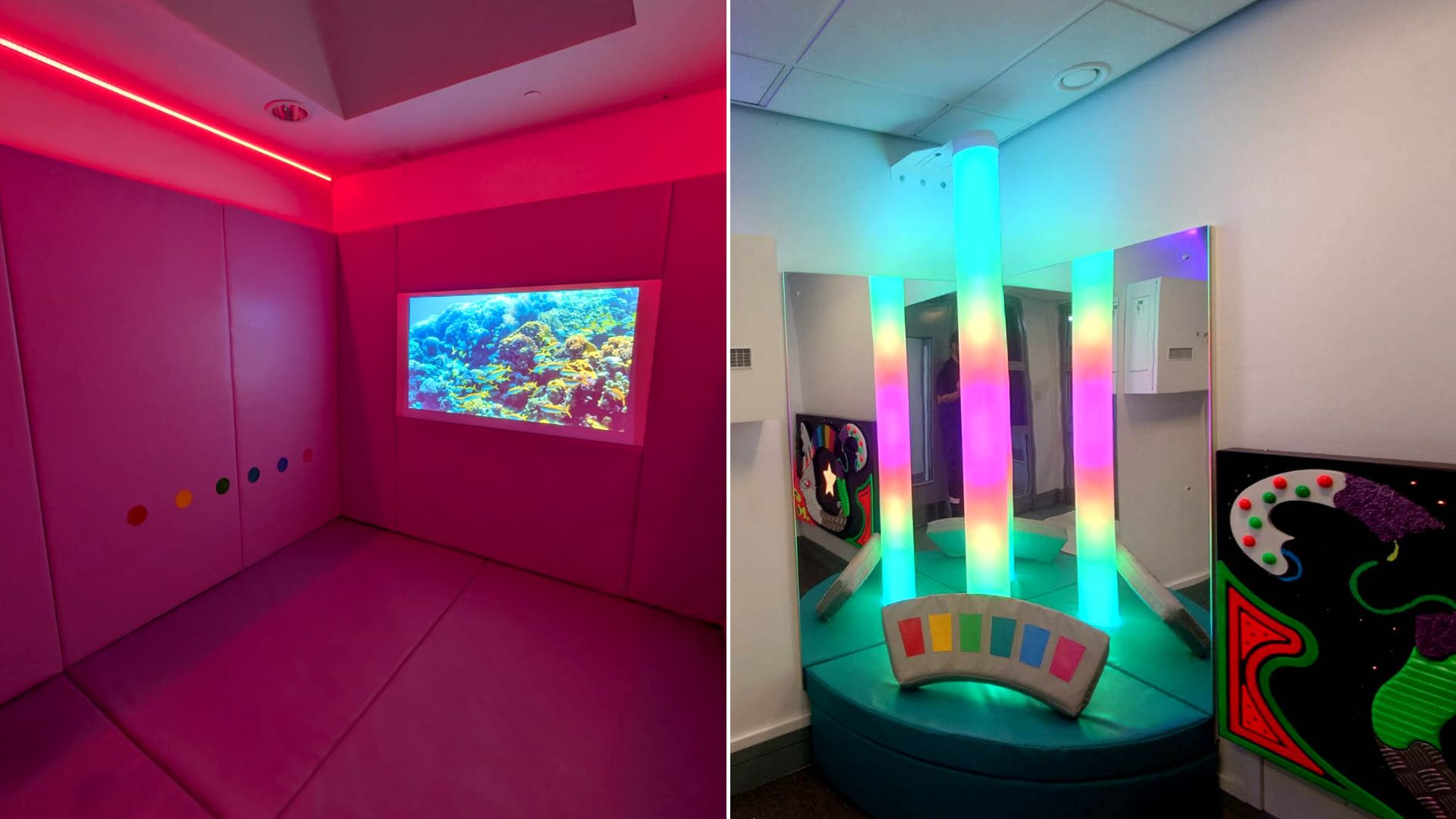Sensory Rooms
Sensory rooms offer a carefully designed environment to stimulate the senses, encourage relaxation, and support engagement. These versatile spaces cater to various needs, from providing a calming retreat to enhancing learning and therapeutic experiences. We specialise in creating sensory rooms with purposeful designs that make a positive impact on every individual who uses them.
How We Work
Design
We will work with you to design the perfect Sensory Environments to meet your needs and budget.
Installation
Our team of experienced engineers will install your system to the Highest Standards.
Training
We include full operational training on how to get the most from your new Sensory Space.
Support
Unrivalled Aftercare Support – Protecting your investment with our maintenance packages.
Get Your Free Design Today...
Ready to take the next step?
One of our experienced Sensory Advisors will be in touch. Listening to both your requirements and budget, before creating your FREE sensory environment design and proposal.
No Pushy Salespeople and No Obligation.
What Are Sensory Rooms?
Sensory rooms are dedicated spaces filled with equipment and features that engage the senses in many different ways. These rooms are designed to offer stimulation or relaxation depending on specific needs, making them very beneficial in settings like homes, schools, and therapeutic environments.
Sensory rooms typically include visual, auditory, and tactile elements. For example, soft lighting, soothing sounds, and interactive textures are combined to create an environment that promotes comfort and exploration. These features make sensory rooms incredibly versatile, whether they’re used for relaxation, focus, or skill development!
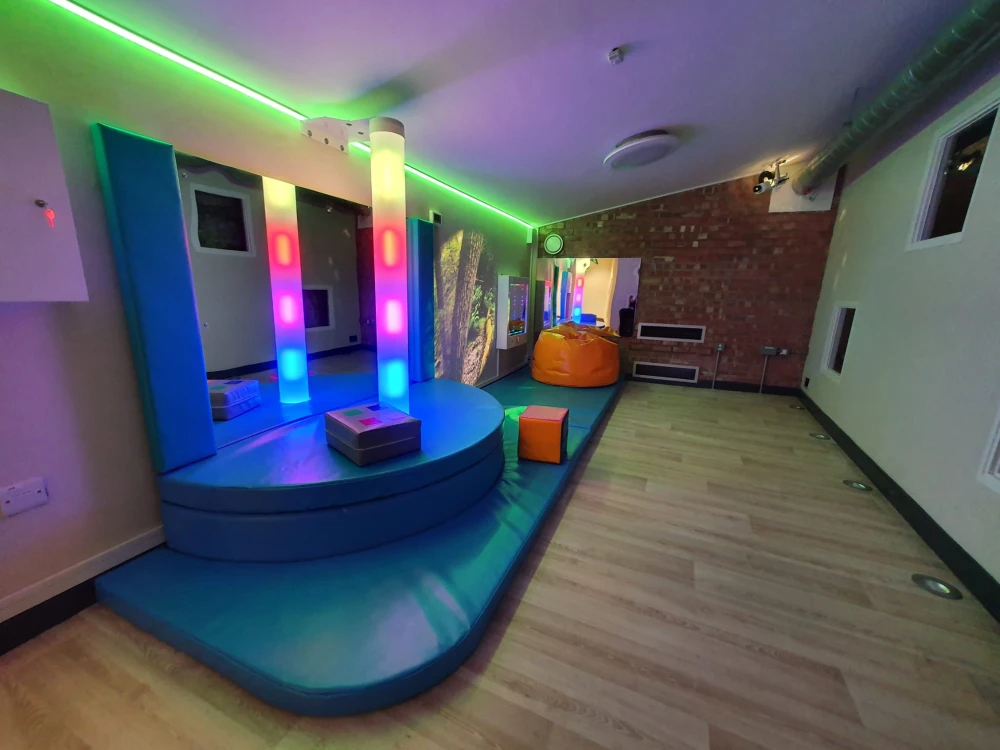
The Sensory Technology Difference
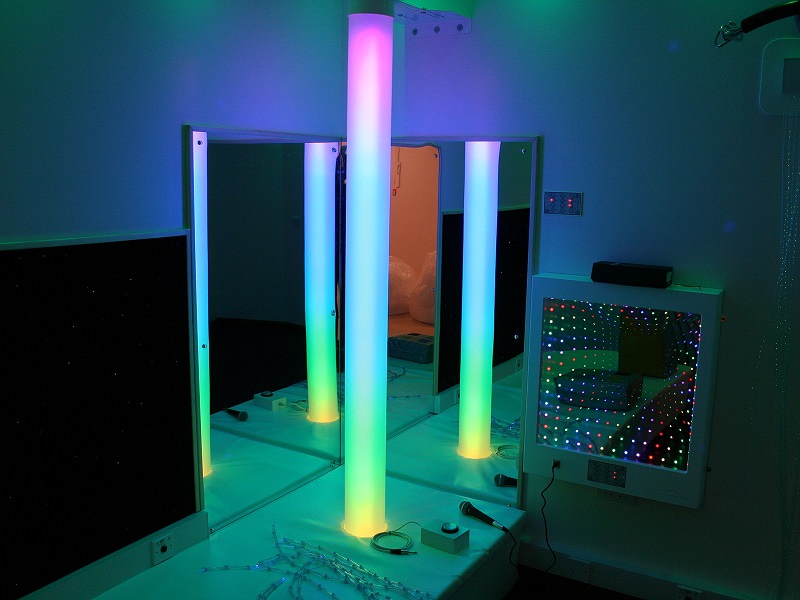
Solutions
Whatever your space or budget, we will create an eye-catching sensory environment
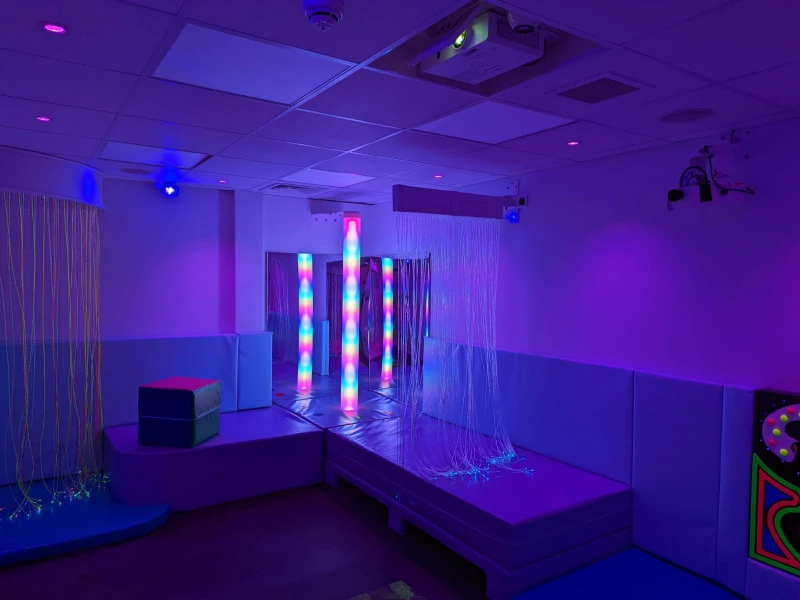
Workmanship
Professionally installed sensory rooms backed by our unrivalled aftercare and support
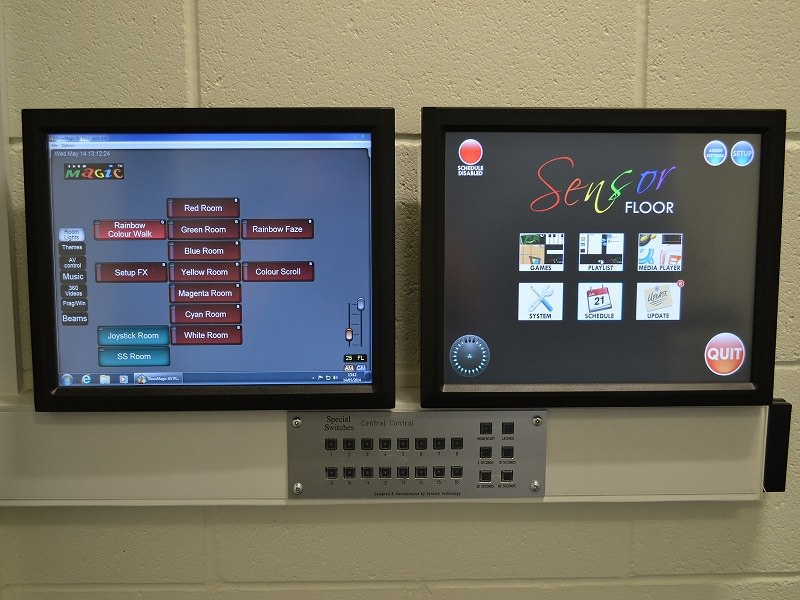
Technology
From simple control through to computer-automated interactive learning experiences
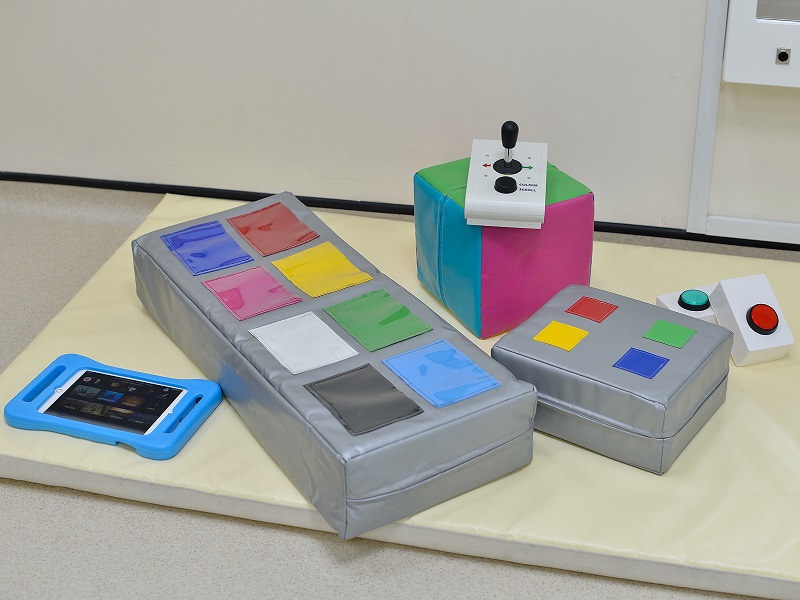
Support
Maintenance friendly equipment for maximum reliability, making the most of your money
Uses & Key Features of Sensory Rooms
Multisensory Rooms
Multisensory rooms are dynamic environments designed to stimulate various senses simultaneously.
Key Features
These rooms include bubble tubes, fibre optic lights, padded walls, and soothing sounds to engage sight, touch, and hearing.
Common Uses
Ideal for active environments that have multiple people coming and going, such as schools, homes and hospitals.
Calming Rooms
Calming rooms focus on reducing stress and providing a serene environment for relaxation.
Key Features
Soft lighting, comfortable seating, and gentle soundscapes create a peaceful atmosphere for everyone who uses them. As the name implies, each feature of a calming room is designed for exactly that: calm.
Common Uses
Frequently used in educational settings and care homes to support individuals experiencing anxiety or sensory overload, allowing the impact of a calming room to be easily accessible.
De-escalation Rooms
De-escalation rooms are designed to provide a safe and controlled space for individuals to regain composure during moments of heightened stress.
Key Features
Minimal stimuli, padded walls, and sensory tools like stress balls or weighted blankets for optimal decompression in times of stress.
Common Uses
Often used in mainstream schools or special education environments for students to emotionally regulate in a healthy and controlled way.
Immersive Rooms
Immersive rooms use advanced technology to create fully engaging experiences that transport users to new environments.
Key Features
Wall projections, surround sound systems and interactivity offer a completely immersive sensory journey for every individual.
Common Uses
Immersive sensory rooms have multiple use cases, notably schools to support curriculum learning and to simulate real-world scenarios for skill development or relaxation.
Interactive Rooms
Interactive rooms are designed to encourage active participation and exploration.
Key Features
Sensory panels, touch-activated lights, and games that respond to movement or sound.
Common Uses
Great for schools or therapy settings, these rooms help develop cognitive and motor skills through play.
Dark Rooms
Dark rooms provide a low-light environment to focus on specific sensory inputs like light or sound.
Key Features
Glow-in-the-dark objects, UV lighting, and tactile elements stand out in the dim surroundings.
Common Uses
Frequently used for individuals with visual impairments or sensory sensitivities, offering a focused and engaging sensory experience.
Who Can Benefit from a Sensory Room?
Sensory rooms are versatile spaces designed to support a wide range of individuals with varying needs. These rooms provide a calming or stimulating environment tailored to enhance well-being, learning, and emotional regulation. From children to adults, sensory rooms offer benefits that go beyond traditional support methods.
Private Residences
Home sensory rooms create a safe and personalised space for both adults and children. They’re especially impactful for individuals with sensitivities that can be triggered by small changes, offering a private environment to self-regulate and unwind.
Mainstream and Special Education
Both mainstream and special schools use sensory rooms to help improve focus, reduce anxiety, and encourage creativity, making them valuable for students of all abilities and ages. Teachers also benefit by allowing them to manage a classroom without the need for difficult situations to arise.
Private & NHS Hospitals
Healthcare environments, including hospitals, recovery centres and specialist facilities, use sensory rooms to support emotional and physical well-being. They offer patients a therapeutic environment for relaxation, rehabilitation, or managing stress.
Charitable Organisations
Charitable organisations use sensory rooms to support individuals with disabilities, trauma, or mental health challenges. These spaces offer a safe environment for self-regulation and social inclusion, improving the quality of life for vulnerable communities.
Prisons & Secure Units
In prisons and secure units, sensory rooms help manage stress and reduce aggression. They provide a space for emotional regulation and mindfulness, supporting rehabilitation and improving the well-being of individuals in high-pressure environments.
Designing Your Sensory Room
Initial Consultation and Planning
We start with a free consultation to understand your specific needs, whether you’re aiming for a calming space or an interactive learning room, we provide the insights and details needed to get the right Sensory Room for you!
Choosing the Right Equipment
Selecting the right equipment is critical to the room’s success, features we explore when designing include:
- Lighting: LED light panels, fibre optic strands, and colour-changing lights.
- Sound: Speakers for nature sounds, white noise, or music therapy.
- Interactive Elements: Bubble tubes, sensory walls, and tactile panels.
- Seating: Bean bags or seating plinths for comfort.
Room Layout and Installation
We consider the room’s size, shape, and purpose to create an optimised layout. Our experienced team ensures all equipment is exactly what you need, fitting all aspects safely and ready for use!
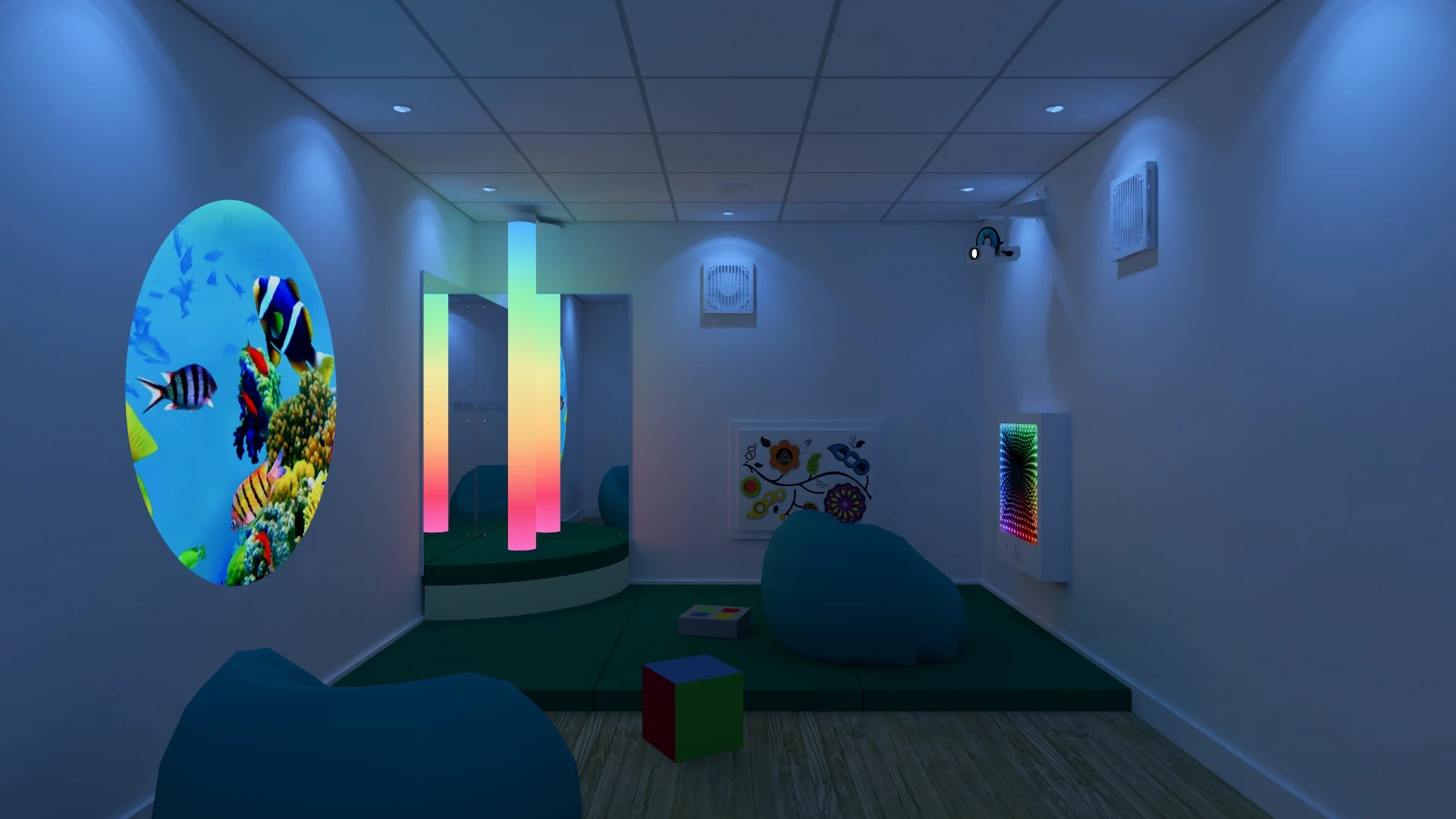
Case Studies
Kettering Science Academy is an inclusive mainstream secondary school, creating a positive environment where every child can succeed and enjoy their learning journey. After identifying …
Back in 2017, Arsenal FC contacted us alongside The Shippey Campaign with an interest in offering a specially designed area for their supporters who have …
After identifying two spaces to expand the facilities they could offer the children, we were asked by Mandeville School to create a multi-sensory room enhance …
St Nicholas School is a special educational needs school that caters for children with moderate learning difficulties, communication needs and autism. The school positively …

